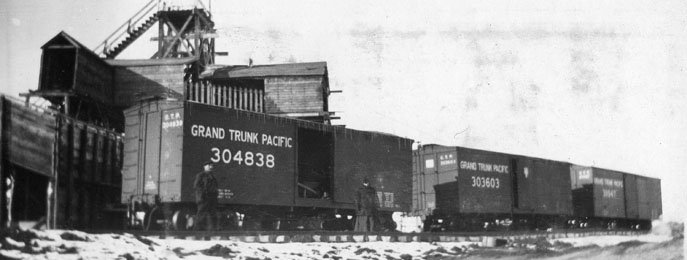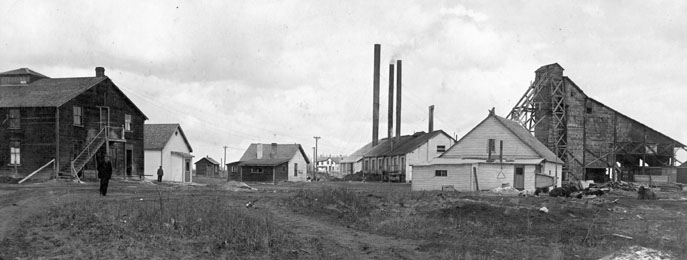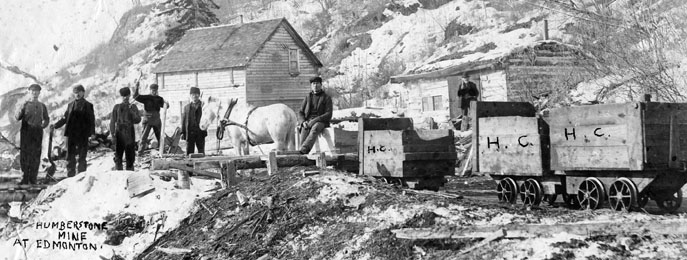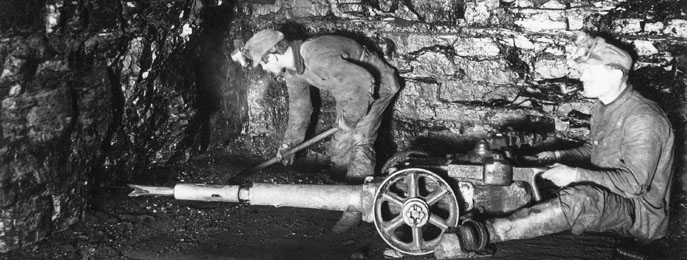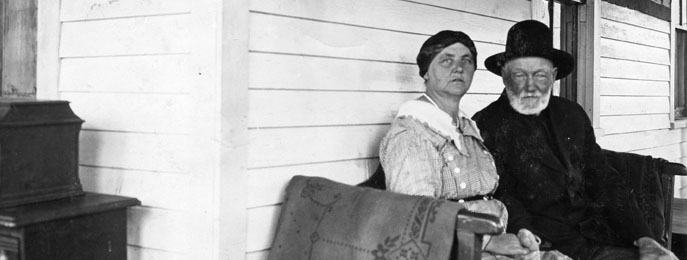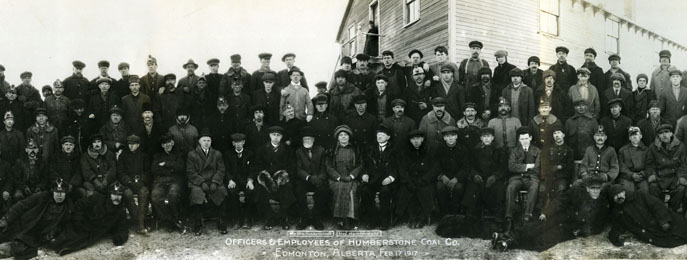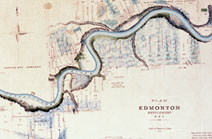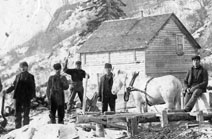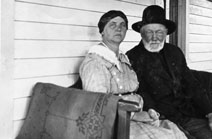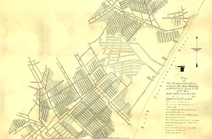Bibliography - Archival Documents
This bibliography is designed to situate the records used in the City of Edmonton Archives Humberstone Mine Virtual Exhibit in their larger context. It shows where these disparate records come from, grouping them by creator rather than by subject.
Wherever possible, links to catalogue entries in our online catalogue have been included. We also have some further catalogue information in our reference room.
For an explanation of terms and acronyms, see our Virtual Exhibit Glossary.
| Fonds Number | Record Number | Title |
|---|---|---|
| RG-8 | City of Edmonton. City Clerk's fonds | |
| Class 6, File 2 | 1895 invoice to Town of Edmonton from William Humberstone | |
| A96-59: Agreement 17, 1900 | Memorandum of Agreement between William Humberstone of Edmonton, Coal Miner and Town of Edmonton | |
| RG-102 | Town of Beverly Fonds | |
| Series 1, Ledger 1 | Council Minutes, 1913-1914 | |
| Series 1, File 103 | Order #6546 of the Board of Public Utility Commissioners, 1932 |
| Record Number | Title |
|---|---|
| EB39-3 | Payday at Humberstone Mine |
| EB-39-5 | Loading Shutes |
| EB-39-6 | Shaft Bottom 1917 |
| EB-39-7 | Pick Mining |
| EB-39-9 | Sullivan Puncher Machine Mining |
| EB-39-12 | Coal Passing Over Shaker Screen |
| EB-39-15 | Kitchen at Farm |
| EB-39-16 | Fred Humberstone in Farmhouse |
| EB-39-18 | Humberstone Mine as it Appeared in 1903 |
| EB-39-19 | Humberstone Mine in 1903, teams loaded on ice |
| EB-39-20 | Sign Board 6th and Jasper |
| EB-39-28 | Mr. Humberstone at 81 Years of Age |
| EB-39-29 | Main Entry to Mine Before Rope Haulage was Installed |
| EB-39-31 | A Fall of Coal |
| EB-39-34 | Shaft Bottom as it appeared in 1915 |
| EB-39-36 | Main Drift in Mine |
| EB-39-37 | View of Mine Camp |
| EB-39-38 | Pillar Work |
| EB-39-39 | Beata and William Humberstone |
| EB-39-40 | The Coal Seam |
| EB-39-41 | Front of Sales Office, 1917 |
| EB-39-44 | Winter Conditions |
| EB-39-53 | Can This Fan Ventilate? |
| EB-39-54 | Interior of Sales Office 1917 |
| EB-39-56 | Mrs. Beata Humberstone and Fred Humberstone in First Office |
| EB-39-58 | Beata Humberstone on Farm |
| EB-39-63 | William H with Ox and Cart |
| EB-39-76 | Plant in 1910 |
| EB-39-86 | First Railway Train on the Property |
| EB-39-92 | First Car of Humberstone Coal Loaded at Mine |
| EB-39-101 | A Disastrous Fire and Flood Occurred in 1915 |
| EB-39-113 | Humberstone Farm House |
| EB-39-117 | Mr. Humberstone Operating Binder |
| EB-39-128 | Mrs. Humberstone Bids You Good Morning |
| EB-39-141 | First Camp Cook at Mine |
| EB-39-148 | Officers and Day Shift of Employees at Humberstone Mine, February 1917 |
| Record Number | Title |
|---|---|
| 1960-46-2 | Miner's Lamp |
| 1968-87-45 | Cloth Miner's Hat |
| 1973-53-25 | Miner's Lamp |
| Title |
|---|
| Atlas: Coal-mine Workings of the Edmonton Area by Richard Spence Taylor. Spence Taylor and Associates Limited, 1971. |
| Report on the Mining Conditions under the City of Edmonton, Alta. by J. H. A. Church. September 23, 1926. |
| Title |
|---|
| Alberta’s Coal Industry, 1919 by Alberta Coal Mining Industry Commission. Alberta Records Publication Board, Historical Society of Alberta, 1978. |
| Built on Coal: A History of Beverly, Edmonton’s Working Class Town by Lawrence Herzog. Beverly Community Development Society, 2000. |
| The Fuel Problem of Canada by Martin Nordegg. The Macmillan Company of Canada Limited, 1930. |


